POLIN Muzeum Historii Żydów Polskich, Central Poland, Poland
4.5 (4.205 reviews) Sunday: 10:00 AM - 6:00 PM Spent 2-3 hours Ranking #11 in Central Poland Speciality Museums
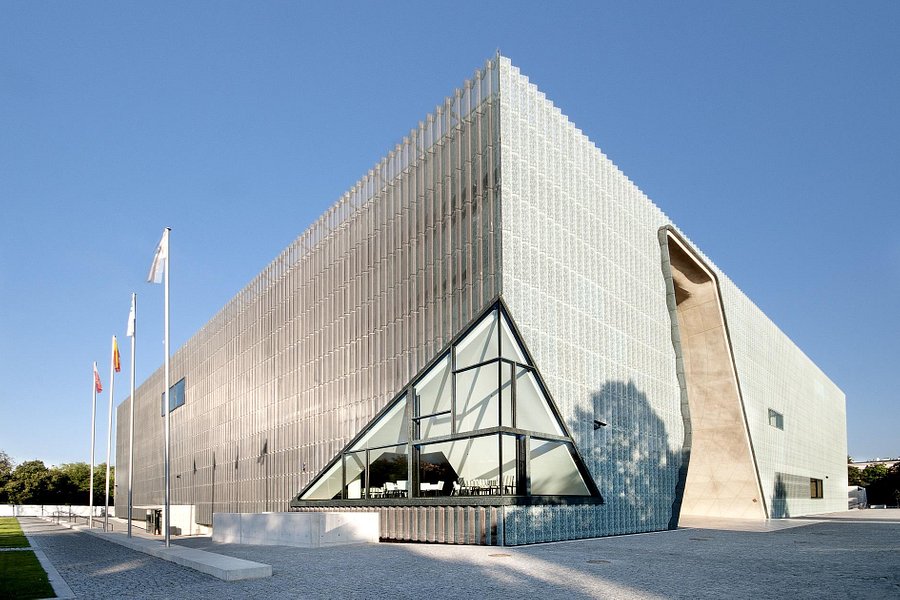
Very interesting museum
The POLIN Museum of the History of Polish Jews is the first and only museum dedicated to restoring the memory of the civilization created by Polish Jews in the course of a millennium.Museum's building faces the Monument to the Ghetto Heroes in Warsaw. The Museum completes the memorial complex. At the monument, we honor those who perished by remembering how they died. At the museum, we honor them, and those who came before and after, by remembering how they lived. As a museum of life, POLIN Museum engages with the present and opens out to the future. As an educational and cultural institution, the museum is dedicated to stimulating dialogue in the spirit of mutual understanding and respect. Museum's core exhibition is a journey through the 1000-year history of Polish Jews. Enter this theater of history where the story unfolds in acts and scenes as you walk. Immerse yourself in the story. Encounter those who lived in each period - their words are quoted throughout the exhibition. Enter the scene - a salon, tavern, home, church, synagogue, or schoolroom. There are surprises in drawers you can open, screens and objects you can touch, and much that you can see - artifacts, photographs, documents, and films. Each visit to the museum will be different. There will always be something new to inspire you!
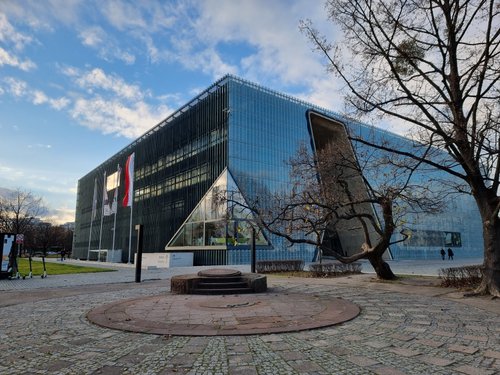

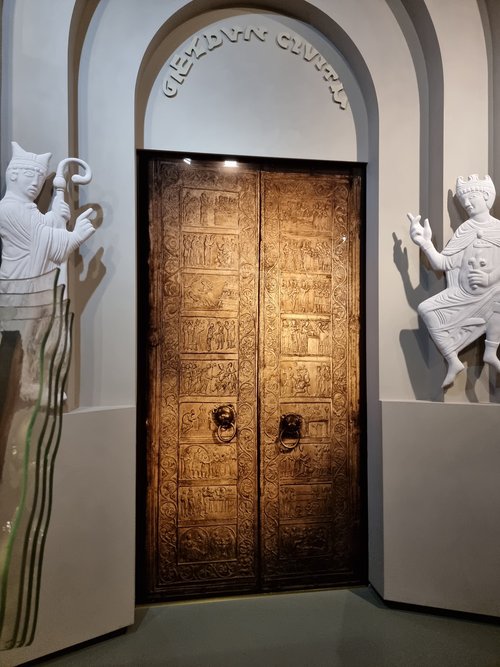
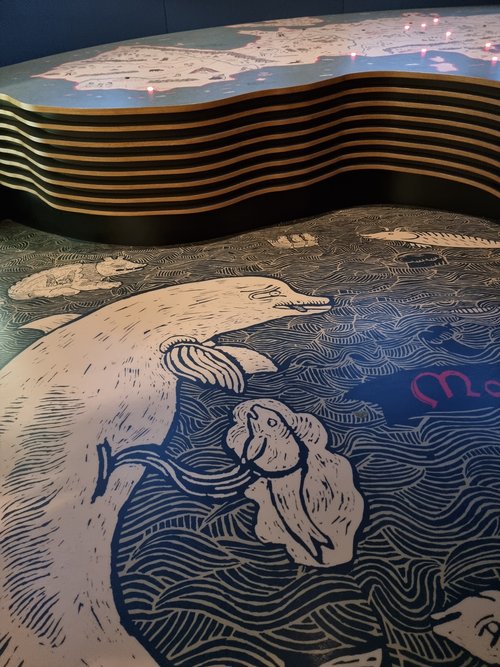
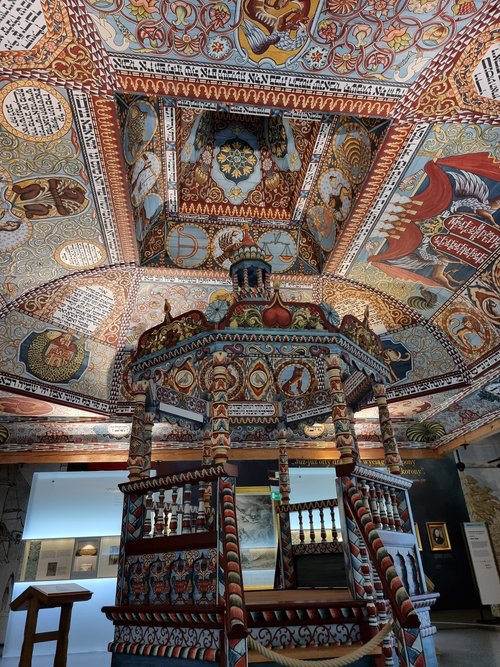
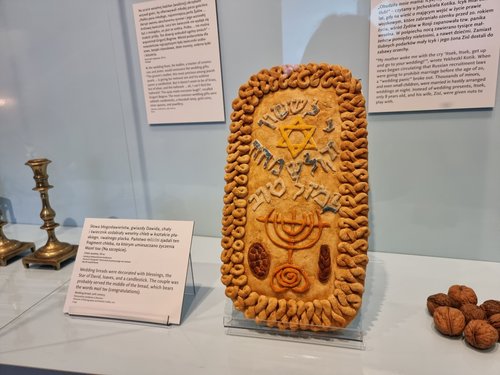


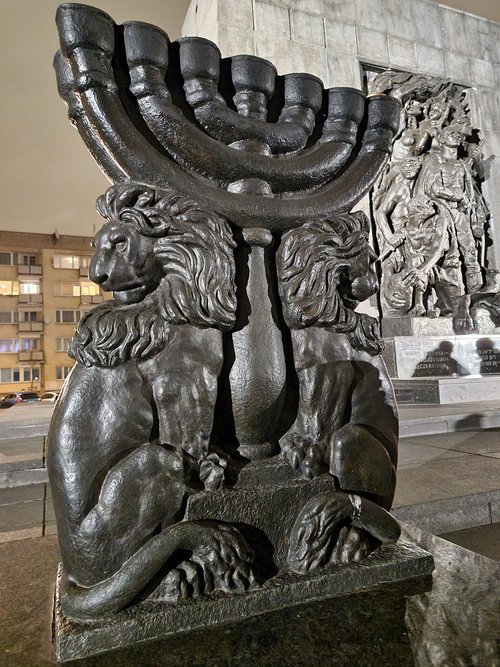
Address
ul. Mordechaja Anielewicza 6, Warsaw 00-157 Poland
Mobile
Website
http://www.polin.pl/pl
Working hours
Monday : 10:00 AM - 6:00 PM
Tuesday :
Wednesday : 10:00 AM - 6:00 PM
Thursday : 10:00 AM - 6:00 PM
Friday : 10:00 AM - 6:00 PM
Saturday : 10:00 AM - 8:00 PM
Sunday : 10:00 AM - 6:00 PM
Current local date and time now
Sunday, May 05, 2024, 3:18
User Ratings
4.5 based on (4.205 reviews)
Reviews
-
5Zajączkowska 5:00 PM Aug 28, 2021
very interactive exhibition
One of the best museum I have ever seen. It is worth devoting about four hours to this museum. Time passes very quickly, especially at the end. I recommend buying an audioguide (PLN 12 for one), it makes sightseeing much easier. It took us 3 hours to go around the entire museum with an audioguide, but only because it was almost closing time. very interactive exhibition!
-
5Poleinahole 5:00 PM Jul 21, 2022
Fascinating
I spent about five hours in this museum in 2 chunks of 2.5 hours. You will need a break as there is a lot of material to read and absorb. On day 1, I rented an audio guide but it is superfluous if you have the time and interest to read everything from one exhibition to the next. If you are pushed for time or just want an overview it’s useful, however. I’m a history buff and the history of WW2 and the camps was therefore well known to me, so I learned the most from the early exhibitions on how the Jews came to settle in Poland and the early tolerance that led to this as well as their challenges. It took me about 2.5 hours to get from when the Jews first arrived in Poland to the end of WW 1 and Jewish life in 1918. The next day I went through the rest of the museum. The exhibits are very well done with multi media bits of film; photos and soundtrack. The restaurant is very good and serves healthy food with lots of salads and vegetables. The lentil snd cold borscht soup are especially good. Poland had the largest population of Jews in Europe prior to WW2 and had a central rail position away from large cities, which explains why so many death camps were built in Poland and why so many Jews, Gypsies, etc. from Western Europe were transported to camps in Poland. This museum and a visit to some of the camps will help explain how this occurred.
See also
More Things to do in Central Poland
- Points of Interest & Landmarks in Central Poland
- Architectural Buildings in Central Poland
- Churches & Cathedrals in Central Poland
- Historic Sites in Central Poland
- Observation Decks & Towers in Central Poland
- Art Museums in Central Poland
- Speciality Museums in Central Poland
- History Museums in Central Poland
- Fountains in Central Poland
- Religious Sites in Central Poland
- Parks in Central Poland
- Castles in Central Poland
- Historic Walking Areas in Central Poland
- Gardens in Central Poland
- Wineries & Vineyards in Central Poland
- Nature & Wildlife Areas in Central Poland
- Monuments & Statues in Central Poland
- Zoos in Central Poland
- National Parks in Central Poland
- Scenic Walking Areas in Central Poland
- Shopping Malls in Central Poland
- Water Parks in Central Poland
- Visitor Centers in Central Poland
- Breweries in Central Poland
- Caverns & Caves in Central Poland
- Educational sites in Central Poland
- Cemeteries in Central Poland
- Military Museums in Central Poland
- Science Museums in Central Poland
- Libraries in Central Poland
- Arenas & Stadiums in Central Poland
- Auto Racing Tracks in Central Poland
- Department Stores in Central Poland